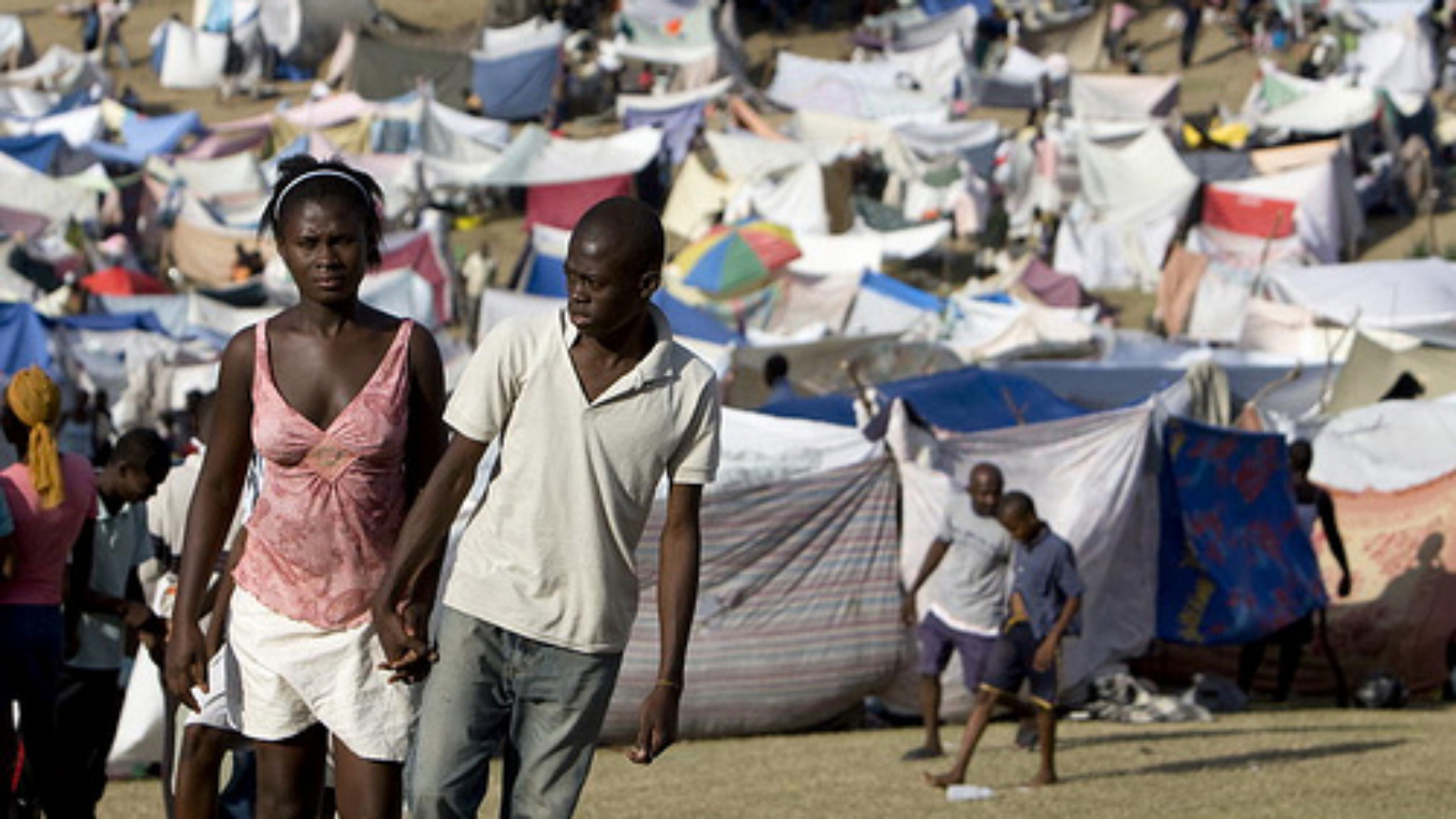Rubble and debris still clogs Port-au-prince’s main streets, hindering traffic and aid work; the tent cities show signs of permanence, with businesses and civilians taking root; billions in undelivered aid and reconstruction funds are held up with concerns over corruption and sustainability. Throughout the week, The World Policy Journal asks experts and aid workers in Haiti or recently returned their thoughts on the country’s condition. Today, we spoke to Katlyne Lubin and Richard Garfield.
Katlyne Lubin is an assistant professor in pediatrics at the Albert Einstein College of Medicine. Haitian born, Lubin returned to the U.S. last month after an extended visit.
She paints a gloomy image of everyday life in Port-au-Prince, rife with traffic and sanitation problems. New tent cities are sprouting up everywhere. Many of the buildings damaged in the quake remain standing but teeter dangerously, ready to collapse at any moment. Such structures are being demolished by small teams of workers equipped with nothing more than a few shovels. Food and clothing is abundant, but with no distribution or management networks in place to make sure it gets to the needy.
Life in the tent cities seems to have settled into a kind of normalcy, their inhabitants resigned to their new way of life. Beauty parlors, lottery stands and other shops have been set up as part of families’ tent complexes–a way to try to eke out a living in their new homes. While many lives have been saved with emergency surgeries and amputations, many children don’t wear their prostheses, even as a new prosthesis plant is constructed just north of the capital.
It is Dr. Lubin's opinion that governance in Haiti could be decentralized towards the provinces, and that a new capital should be built. This nation-wide focus would allow NGOs to concentrate on capacity-building, training the Haitians to handle their own affairs. Nevertheless, the doctor’s prognosis is bleak for the next 5 years of Haiti’s future. It will probably take upwards of 50 years to really get the impoverished, devastated nation up to a standard of living commensurate to its neighbors.
Richard Garfield is a public health and nursing professor at Columbia University. He is currently in Haiti training health workers and strengthening the health care system to transition from emergency to regular capacity.
He tells us that the heath care sector in Haiti is actually better now than before the earthquake, but only marginally. Still, most of the health work is done by foreign NGOs. Few are training Haitians to take over their health care, but in a disaster of this magnitude such time-consuming training simply wasn’t possible in the first months. The NGOs apparently have free reign but the Haitian government can come in and shut anyone down if they don’t like what they do.
Mr. Garfield is skeptical that Haitian health care can be restructured and improved for the long-term, saying that “it was not done before and will not magically be transformed into that now.” He believes the press does not do an accurate job of showing what is really going on in Haiti, despite having had a large presence immediately after the earthquake.
—Nestor Bailly
